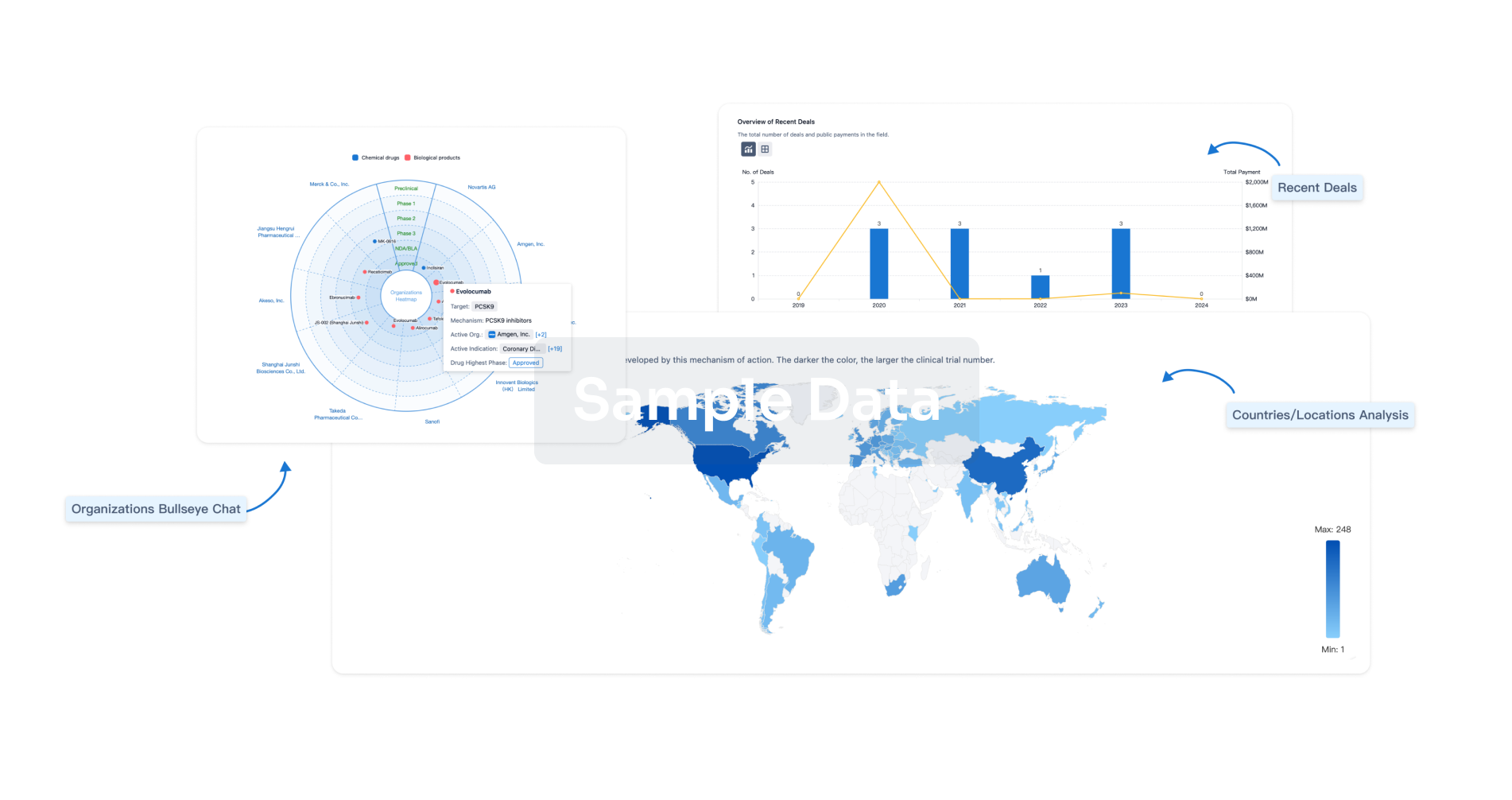Request Demo
Last update 08 May 2025
Akt-1 x TOP2A
Last update 08 May 2025
Related
1
Drugs associated with Akt-1 x TOP2ATarget |
Mechanism AKT1 gene inhibitors [+1] |
Active Org. |
Originator Org. |
Active Indication |
Inactive Indication- |
Drug Highest PhasePreclinical |
First Approval Ctry. / Loc.- |
First Approval Date20 Jan 1800 |
100 Clinical Results associated with Akt-1 x TOP2A
Login to view more data
100 Translational Medicine associated with Akt-1 x TOP2A
Login to view more data
0 Patents (Medical) associated with Akt-1 x TOP2A
Login to view more data
15
Literatures (Medical) associated with Akt-1 x TOP2A01 Jan 2025·Translational Cancer Research
Exploration of key pathogenic mechanisms and potential intervention targets of the traditional Chinese medicine Coptis chinensis in the treatment of cervical cancer based on network pharmacology and molecular docking techniques
Article
Author: Li, Hequn ; Zhang, Lei ; Xu, Hui ; Sun, Jiaxing ; Jia, Hui ; Zhang, Renmin ; Hou, Ying
01 Dec 2024·Reproduction in Domestic Animals
Integrated Quantitative Proteomics and Phosphoproteomics Analysis Reveals the Dynamic Process of Buffalo (Bubalus bubalis ) Spermatogenesis
Article
Author: Zhang, Pengfei ; Wang, Chenyang ; Zhang, Ming ; Fu, Qiang ; Pan, Limei ; Liu, Xuyang ; Huang, Yulin
02 Dec 2022·Molecular Cancer Research
Molecular Profile Changes in Patients with Castrate-Resistant Prostate Cancer Pre- and Post-Abiraterone/Prednisone Treatment
Article
Author: Kohli, Manish ; Bhargava, Vipul ; Vedell, Peter T. ; Gormley, Michael ; Bryce, Alan H. ; Kalari, Krishna R. ; Tan, Winston ; Sinnwell, Jason P. ; Jimenez, Raphael E. ; Li, Ying ; Qin, Sisi ; Hillman, David W. ; Dehm, Scott M. ; Carlson, Rachel E. ; Weinshilboum, Richard M. ; Sicotte, Hugues ; Wang, Liewei
Analysis
Perform a panoramic analysis of this field.
login
or

AI Agents Built for Biopharma Breakthroughs
Accelerate discovery. Empower decisions. Transform outcomes.
Get started for free today!
Accelerate Strategic R&D decision making with Synapse, PatSnap’s AI-powered Connected Innovation Intelligence Platform Built for Life Sciences Professionals.
Start your data trial now!
Synapse data is also accessible to external entities via APIs or data packages. Empower better decisions with the latest in pharmaceutical intelligence.
Bio
Bio Sequences Search & Analysis
Sign up for free
Chemical
Chemical Structures Search & Analysis
Sign up for free
